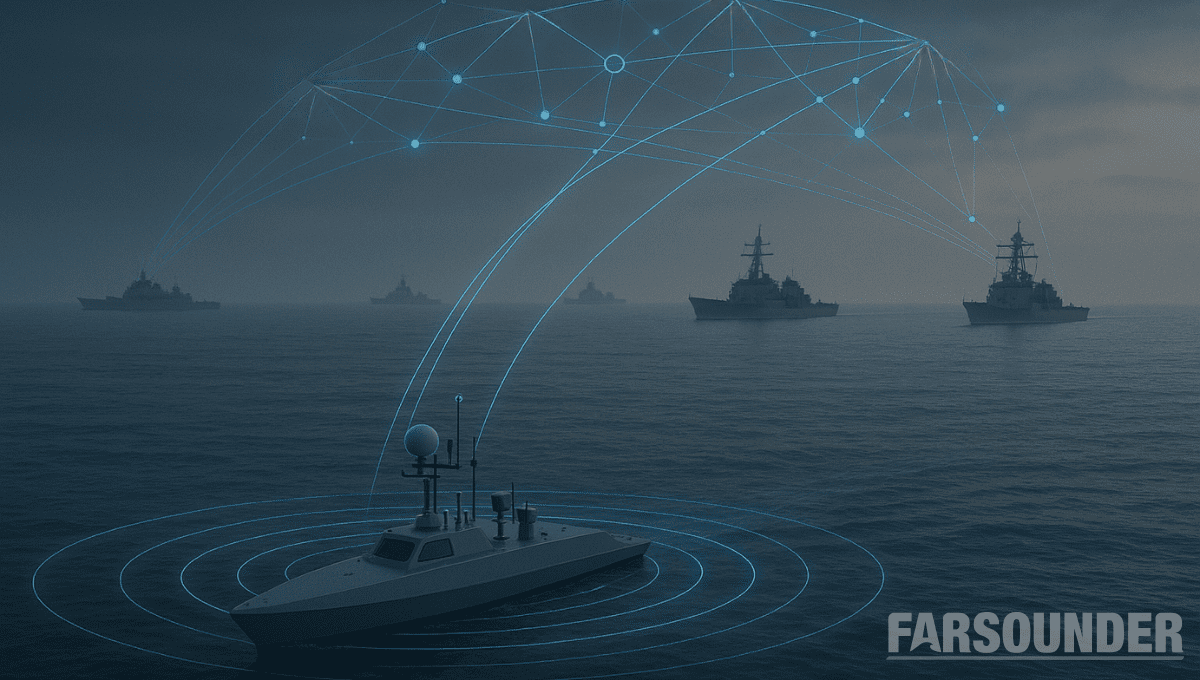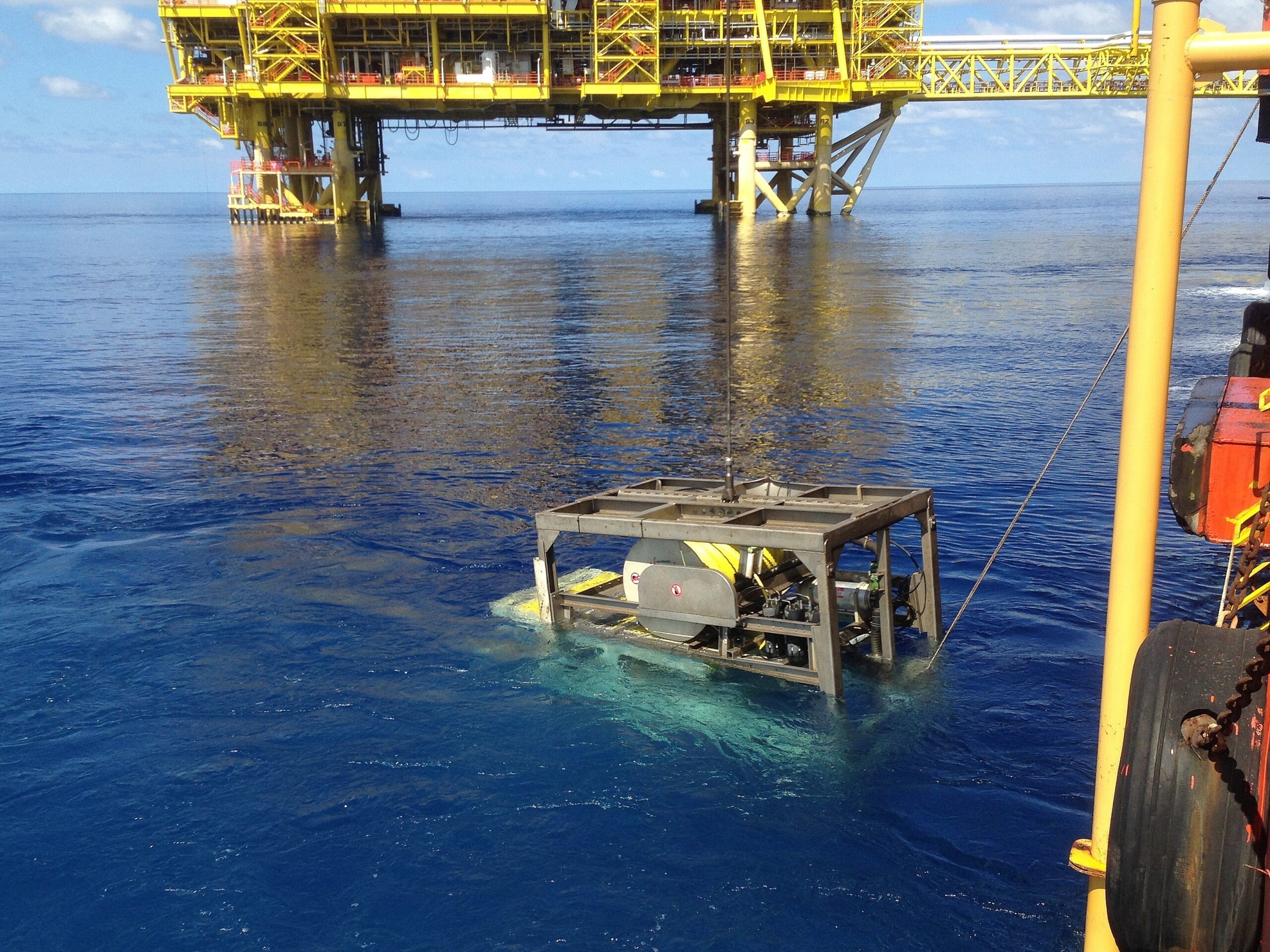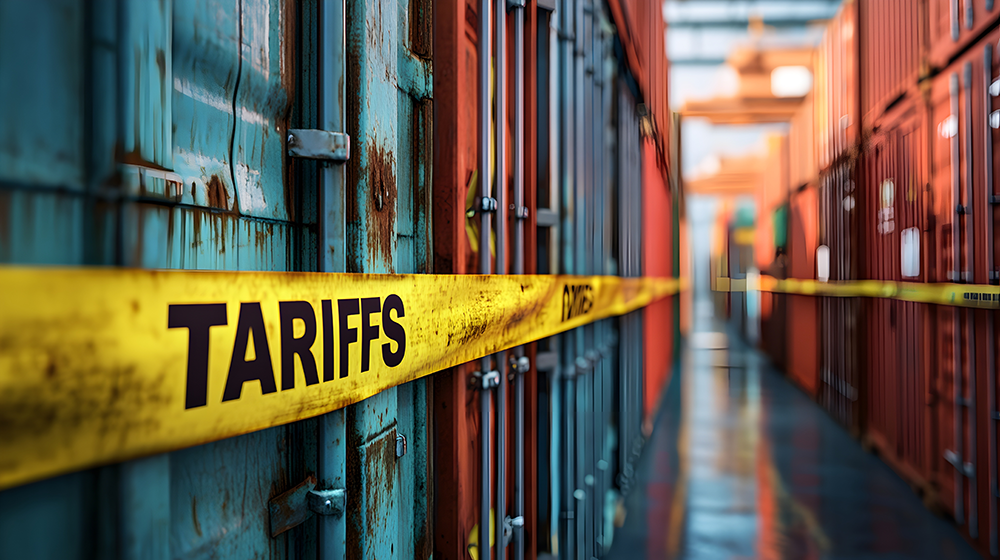According to 2019 estimates, there are roughly 650,000 Americans employed at sea, and even more employed by ports and marine terminals. All told, government figures show 2.3 million jobs in the marine sector, although a small percentage of those are people working aboard vessels or handling cargo. For those who work at sea, even common hazards are life-changing.
For instance, multiple studies have found that the most common cause of serious injury or fatality on a ship is falling—both from a height onto a ship surface or overboard into the sea. On ships, in ports, and on platforms, another common hazard is contact with heavy objects, leading to blunt force trauma or crush injuries.
One consistent fact through these findings is that most casualty incidents (injuries or fatalities) occur during routine work, which suggests that maritime injuries are the result of issues inherent to the way the industry is organized.
Documented Causes of Man Overboard & Falls from a Height
CDC figures on man overboard accidents (MOB) among commercial fishing vessels show that nearly two-thirds are unwitnessed. In a study of MOB incidents from 2000 to 2016, none of the sailors who died were wearing a personal flotation device (PFD).
But MOB incidents are less common in general than slipping and falling on the vessel. These are no less harmful: falling from a height results in bone fractures, head injuries, brain damage, and other serious harm. Fall prevention can be an issue of training and awareness, but it’s more so an issue of proper flooring and adequate rest.
For instance, poor sleep has a negative effect on motor control, which means the sleep deprivation common to shift work or the rigors of life at sea can rob perfectly cautious mariners of their ability to navigate common trip hazards. This can be exacerbated by other factors, like a slovenly work environment where tools and materials accumulate on the floor. Oil or seawater that gathers in pools on the deck presents an even worse slipping hazard.
The Falling Rate of Ship Maintenance
The rate of mechanical failure in the shipping industry might also shed some light on maritime accidents.
Research from Lloyd’s List Intelligence shows that maritime incidents have risen over the last decade, with more than half of vessel issues caused by mechanical failure. In 2022, the number of ship mechanical failures was the highest it’d been in over a decade.
Some experts cite a few key reasons for this rise in mechanical failures, but many of them stem from company policies. There’s less time spent in port on maintenance and repair, which means ships leave ports with critical problems left unchecked. There are fewer available dry docks and skilled ship mechanics, but tight schedules set by shipping companies are a main driver.
Shipping companies do all they can to shorten the amount of time a vessel spends in port. The shorter the period of loading and unloading, the more profitable the voyage. If a ship is delayed and misses their scheduled slot (often set weeks in advance), it could create a massive delay.
The connection to falls or being struck by equipment or cargo is obvious: if maritime firms are pushing their ships to failure more and more often, the same policies will also push their crews to failure—leading to the operational conditions that give rise to catastrophe.
Increased Maritime Staffing Key to Solving Safety Issues
Most of the safety hazards workers face at sea come down to inadequate staffing. Sleep deprivation aboard vessels increases the likelihood of every kind of accident, particularly falls and getting hit or crushed by equipment. But sleep deprivation would be less of an issue with shorter shifts, which is possible with increased staffing. Even MOBs are partially an effect of low staffing, given how many incidents are unwitnessed. Increased staffing lowers the likelihood of an unwitnessed fall, which lowers the likelihood of losing a crew member at sea.
But the current trajectory of the maritime industry isn’t toward increased staffing.
Crews aboard all types of vessels—container ships, tankers, even tugboats—are contending with shrinking crew sizes. From 1960 to 1990, the average crew of an American cargo vessel shrank by 50%. Even in periods of increased employment, crew size has continued to shrink across multiple types of vessels due to automation technology. This has lowered operational costs for US shipping while increasing risk per crew member at the same time.
Ensuring Lifelong Security for Injured Maritime Workers
With crews taking on increased risks, it’s only fair that companies agree to provide lifetime compensation for crew members who suffer long-term injury and for families who lose loved ones at sea. For instance, a traumatic brain injury (TBI) isn’t just a hospital bill and a few weeks of partial wages. In many cases, TBI represents a major shift. Psychological issues, the inability to enjoy recreational activities, difficulty reconnecting with loved ones—these are all documented effects of TBI. The potential impact of a TBI worsens the older a patient is at the time of injury; given the rising age of the average maritime worker, TBI presents even worse of a threat than it did a few decades ago.
Companies have two options for reducing the risk presented to workers: they can increase operational costs through increased staffing without reducing pay, or they can cover the lifetime costs of injury often inflicted on maritime crews after a serious accident. One option is preventative, but both are simply the right thing to do.
##
Arnold & Itkin has a national reputation for maritime plaintiff litigation. The Houston-based firm represented crew members or their families after major catastrophes at sea, including the Deepwater Horizon explosion and the sinking of the El Faro. The firm has won highly contested claims under virtually every law protecting maritime workers, including the Jones Act, the Death on the High Seas Act, the Longshore & Harbor Workers Compensation Act, and others. Their total recoveries exceed $20 billion in verdicts and settlements, with multiple results holding state and national records. They’ve represented workers in state and federal court and in all 50 states.

 Join The Club
Join The Club










